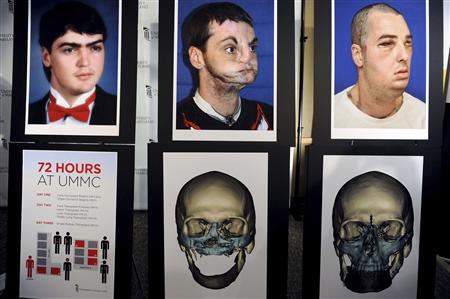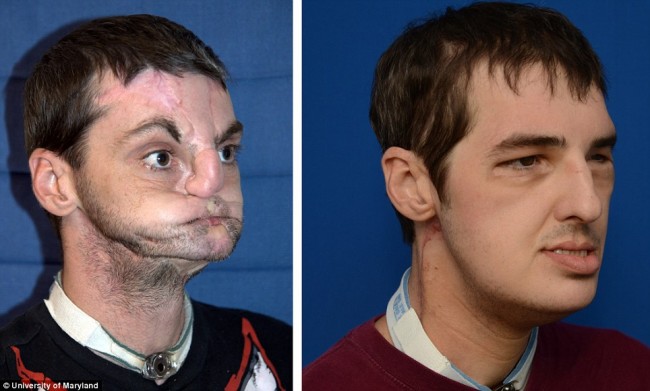
Face transplant technology has been around for a little while with the first face transplant in the U.S. taking place in 2008 (Connie Culp). For a previous blog article on Connie, take a look here. However, it is not as advanced as the movie Face/Off (1997) would have us believe.
Science cannot just make another person look and gesture like someone else by transplanting their faces. The goal of face transplants is to be able to bring back functional facial motion.
“The patient has to be able to smile, to purse the lips, to present happy expressions. This is very different from any other transplant,” says Maria Siemionow, MD, PhD, director of plastic surgery research at the Cleveland Clinic.
Patients who receive a face transplant “will still have the same gestures, the same voice, the way the eyes look, so it is never a situation where the face of the patient will be transformed totally into the donor,” says Dr. Siemionow.
Humintell recently reported on Richard Lee Norris, a face transplant recipient, in a past blog. In 1997, Norris accidentally shot himself in the face, which caused him to lose his nose, lips and most movement in his mouth.
Dateline News has reported that after 15 years of reclusion, Richard is finally coming out of hiding. It has only been seven months since he received his face transplant surgery and he is now able to smile, smell, taste, eat and even show facial expressions.
See below for the most updated picture of Richard who has had the most comprehensive face transplant surgery in history.
